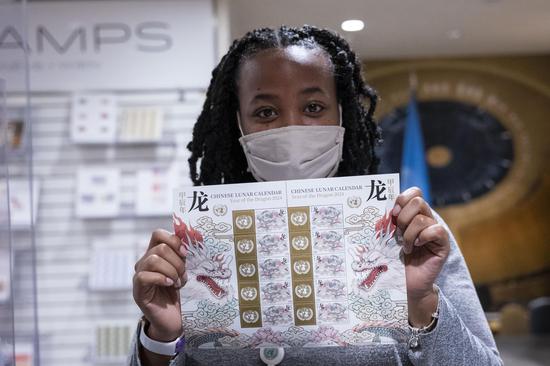China aims to completely eliminate leprosy within its borders by 2030 and provide consistent care for its 80,000 leprosy patients, according to a guideline released last week.
Leprosy, also known as Hansen's disease, is a chronic infectious disease caused by a type of bacteria called Mycobacterium leprae. It is transmitted via droplets spread through the air and can cause nerve damage and permanent disabilities if left untreated.
In China, the number of leprosy patients plummeted by 70 percent from 2010 to 2022, and the total number of newly detected cases during the same period was around 8,500, according to a guideline released by the National Disease Control and Prevention Administration and 11 other government departments on this year's World Leprosy Day on Sunday.
There has never been any county-level region that has recorded a leprosy prevalence rate higher than one per 10,000 — the threshold used by the World Health Organization to determine if a region has eliminated the disease, while the number of regions that have registered a rate higher than one per 100,000 has plummeted by 80 percent compared to 2010.
However, China still had about 46 county-level regions with a rate higher than one per 100,000 by the end of 2022. Throughout that year, there were a total of 302 new leprosy cases that were widely and unevenly distributed across the nation.
The guideline added that 194 county-level regions reported new domestic cases and some regions were at risk of seeing a rebound of the disease.
In addition to the goal of completely eliminating the disease by 2030, China also aims to make sure no leprosy patients are left with severe deformities or disabilities upon completing treatment by 2030, according to the document.
"China still has nearly 80,000 recovered leprosy patients who are faced with issues such as the risk of relapse, deformation and disabilities, as well as rehabilitation needs. They require long-term care," it said.
Lin Tong, Party chief of the Chinese Academy of Medical Sciences' Hospital for Skin Diseases and head of the China CDC's National Center for Leprosy Control, said during an interview with People's Daily the guideline reflects the nation's determination to wipe out the disease and to nurture a friendly and warm environment for recovered patients.
"The 80,000 recovered patients no longer transmit the disease but they still have different levels of disability," he said. "The guideline stressed the need to care for and help each patient, and incorporates the principle of full-course and lifelong disability-prevention and rehabilitation for them."
He added the document also proposes measures such as using molecule diagnostics and other new tools to detect new cases as early as possible, and preventing drug hypersensitivity, which lays out a science-based and effective protocol for leprosy healthcare workers.
The document said more efforts should be made to upgrade and promote systems for remote consultations as well as mobile applications for monitoring symptoms and the tracking of close contacts of confirmed patients, so as to bolster disease response capabilities in far-flung regions and at grassroots health facilities.


















































 京公网安备 11010202009201号
京公网安备 11010202009201号